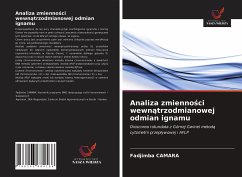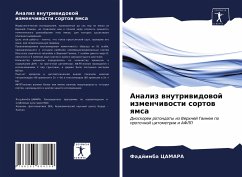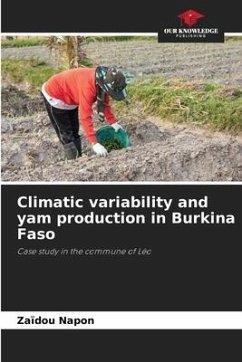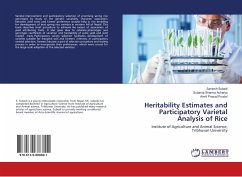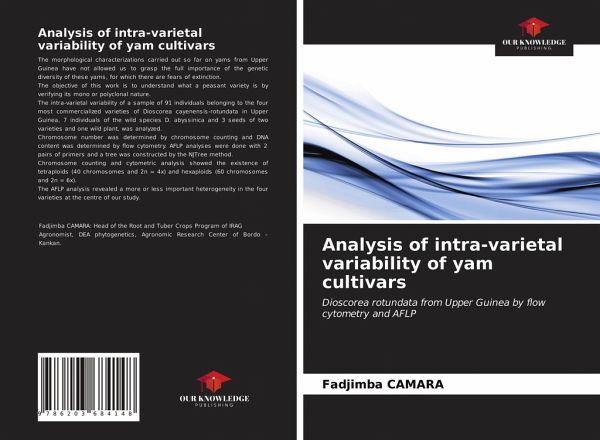
Analysis of intra-varietal variability of yam cultivars
Dioscorea rotundata from Upper Guinea by flow cytometry and AFLP
Versandkostenfrei!
Versandfertig in 6-10 Tagen
27,99 €
inkl. MwSt.

PAYBACK Punkte
14 °P sammeln!
The morphological characterizations carried out so far on yams from Upper Guinea have not allowed us to grasp the full importance of the genetic diversity of these yams, for which there are fears of extinction.The objective of this work is to understand what a peasant variety is by verifying its mono or polyclonal nature.The intra-varietal variability of a sample of 91 individuals belonging to the four most commercialized varieties of Dioscorea cayenensis-rotundata in Upper Guinea, 7 individuals of the wild species D. abyssinica and 3 seeds of two varieties and one wild plant, was analyzed.Chr...
The morphological characterizations carried out so far on yams from Upper Guinea have not allowed us to grasp the full importance of the genetic diversity of these yams, for which there are fears of extinction.The objective of this work is to understand what a peasant variety is by verifying its mono or polyclonal nature.The intra-varietal variability of a sample of 91 individuals belonging to the four most commercialized varieties of Dioscorea cayenensis-rotundata in Upper Guinea, 7 individuals of the wild species D. abyssinica and 3 seeds of two varieties and one wild plant, was analyzed.Chromosome number was determined by chromosome counting and DNA content was determined by flow cytometry. AFLP analyses were done with 2 pairs of primers and a tree was constructed by the NJTree method.Chromosome counting and cytometric analysis showed the existence of tetraploids (40 chromosomes and 2n = 4x) and hexaploids (60 chromosomes and 2n = 6x).The AFLP analysis revealed a more or less important heterogeneity in the four varieties at the centre of our study.








